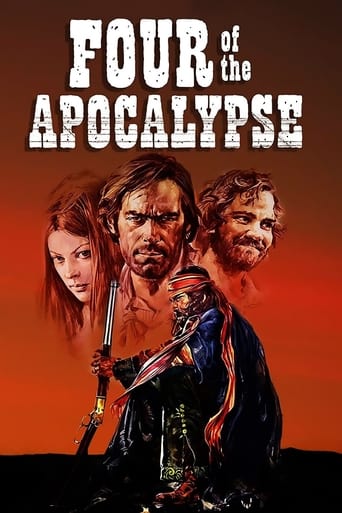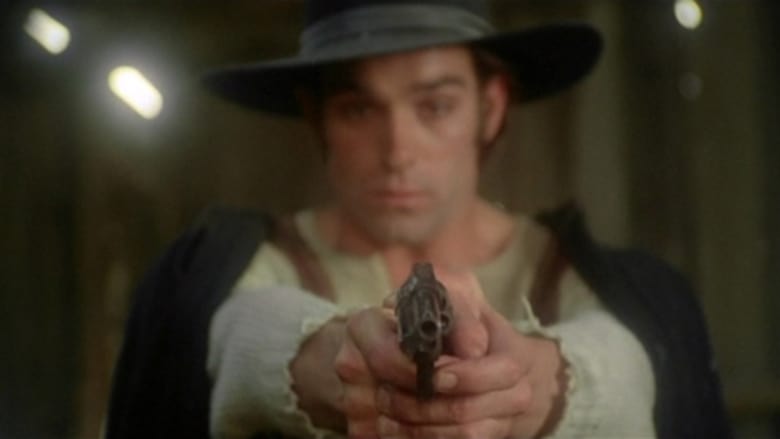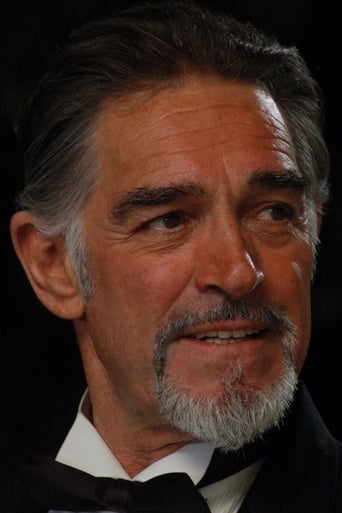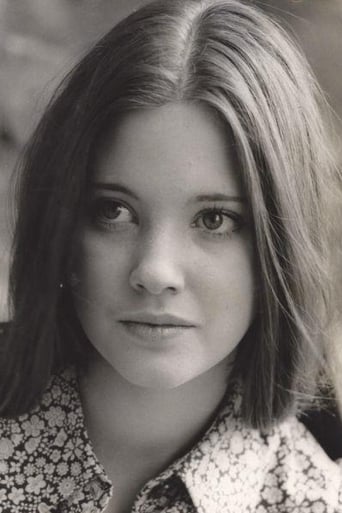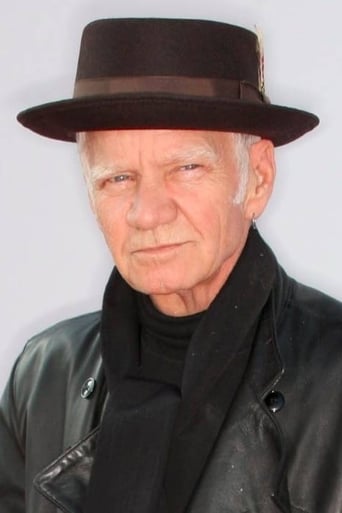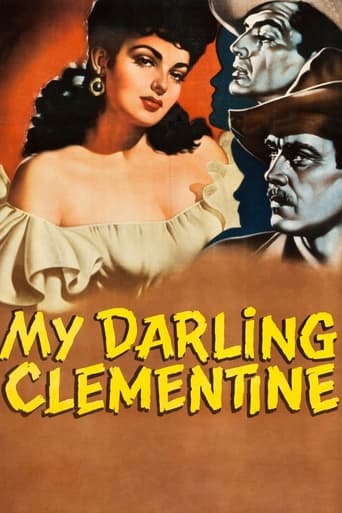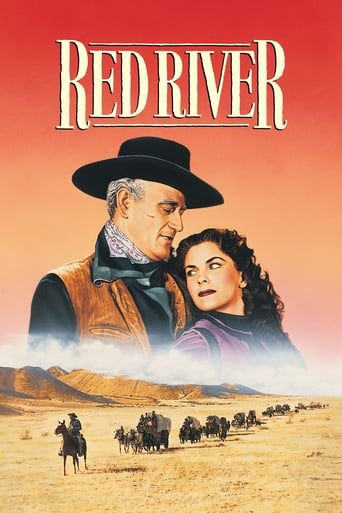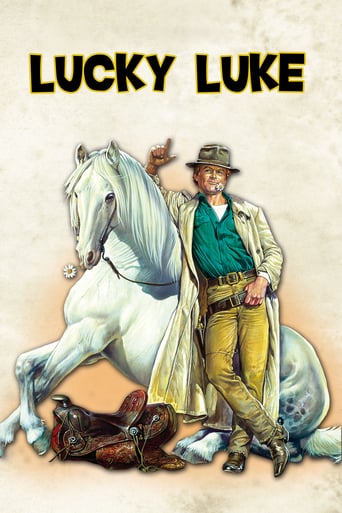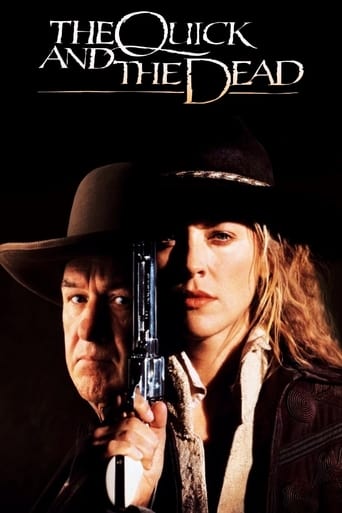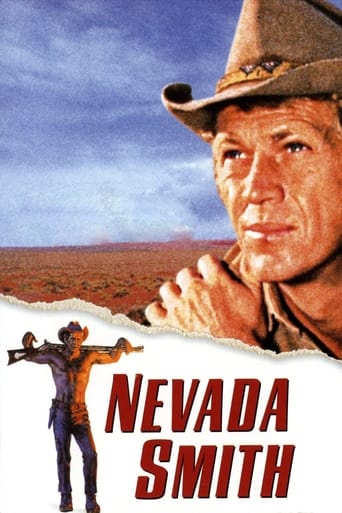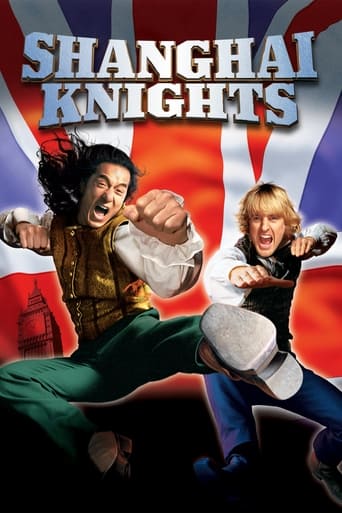Four of the Apocalypse (1975)
Four petty criminals, three men and a woman, wander through the trackless terrain of the Wild West Utah and are hounded by a sadistic bandit.
Watch Trailer
Cast


Similar titles
Reviews
I'll tell you why so serious
Excellent and certainly provocative... If nothing else, the film is a real conversation starter.
The thing I enjoyed most about the film is the fact that it doesn't shy away from being a super-sized-cliche;
I didn’t really have many expectations going into the movie (good or bad), but I actually really enjoyed it. I really liked the characters and the banter between them.
Gambler, Pregnant Prostitute, Drunk, and Insane get together, bump into some Mormons, crazy murderous Mexican bandit. The drunk dies, the Insane feeds the dead drunk to the gambler and prostitute. Insane is left behind in the ghost town. The prostitute gives birth in a cold male only mining town. The town adopts the baby. The Gambler gets vengeance on the Mexican bandit.This movie is different. The main ingredient is Fulci. There are some serious kills and gore. There is emotion.It is a bit slow moving. Worst part was the music. The story was fine. Great opening scene with the town people vigilantly, killing the gamblers and drunks in town. The ending was a bit rushed. But it all works well. All the actors did well, even Fabio Testi. I hated Testi's performance in What Have You Done with Solange, and I hate that movie. But here Testi does well. The dubbing is what it is, not great. But the emotion of the film comes through.This is not the best Fulci. But it's worth checking out. Some great moments.Rating is C, or 5 stars.
Four strangers meet in the Salt Flat jail, and are bonded out by one, a gambler named Stubby (Fabio Testi). The other members of the group in Lucio Fulci's western are Bunny (Lynne Frederick), a pregnant prostitute, Clem (Michael J. Pollard), a drunk, and Bud (Harry Baird), who is apparently a few beers short of a six pack.They escape town and head 200 miles away to start over when they are met by Chaco (Tomas Milian), who is pretty handy with a gun, but appears to be more handy with a knife when he is skinning the Sheriff.Chaco feeds them an hallucinogen and ties them up. He proceeds to rape Bunny and leave them for dead.The journey continues and the party dies one by one until there is only one left - one bent on revenge.Good acting by Testi and Milian. The only drawback was the fact that I watched the American version, which had almost 20 minutes cut from the original.
I was expecting a lot from this film. On the back cover of the DVD is stated that "I Quatro dell Apocalisse" was the most violent western ever made, and as the film was directed by Lucio Fulci, I believed the hype. But it's not for the violent scenes alone that I picked up this film in the DVD rental store. What I like in many spaghetti westerns is their gritty and disenchanted atmosphere, mixed sometimes with a bizarre humor. The best spaghettis are dynamic - travellings, hand-held cameras, fast and good editing, and a haunting and/or ironic soundtrack give these films their unique flavour. But "I Quatro dell'Apocalisse" fell short of my expectations.In "I Quatro dell'Apocalisse" the camera is static. The camera is there to register the conversations of the characters and then there's some action, followed by another chatty scene. The acting is just average (when a film is more on the chatty side, the acting should be good), the dialogues are slightly witty and ribald (nothing remarkable about them), and the violence is nothing to boast about (anyway I've only watched half of the film). And here comes the question: Would you see an indifferent film just because of some violent scenes?In the DVD rental store I had picked up two spaghetti westerns: "I am Sartana, Trade your Guns for a Coffin" and "Four of the Apocalypse". The first that I watched was "I am Sartana...." and I liked it immensely. I was still under the spell of Sartana when I inserted the "Four of the Apocalypse" in the DVD player. I thought that as "The Four of the Apocalypse" had Lucio Fulci's signature, it would be even better than Sartana. Boy, was I mistaken! So I decided to write this comment. Well, you've been warned.
Although by standard genre conventions, I Quattro dell'apocalisse (Four of the Apocalypse) is definitely a (spaghetti) western, in many ways it is just as terrifying as any of director Lucio Fulci's more famous horror flicks.The story centers on four people who end up together by happenstance--they are all jailed in a small Utah town. After most of the town is massacred, the four are set free and try to make their way together to a city 200 miles distant. Although adapted from two Bret Harte stories, "The Luck of Roaring Camp" and "The Outcasts of Poker Flat", Fulci and screenwriter Ennio De Concini amped up the violence, added a character, Chaco (Tomas Milian) probably influenced by Charles Manson (and prescient of Johnny Depp's Jack Sparrow portrayal in a way that must be more than happenstance), and embedded the Biblical "Four Horsemen of the Apocalypse" connection.In the Bible, the four horsemen represent the destructive phenomena of pestilence, famine, war and death. Here, there's more of a "seven deadly sins" flavor, as the four main characters represent greed/gambling, prostitution, alcoholism and insanity. Adding Chaco to the mix flips traditional morality on its head, as the four protagonists must bond as they try to help each other survive.The penultimate act is subtly mystical--it's almost as if the remaining protagonists have been temporarily transported to heaven, although the greatest tragedy occurs in this setting, too. Fulci slyly transforms the environment during this section, a change that actually begins to occur during the previous act, with a heavily symbolic downpour.

